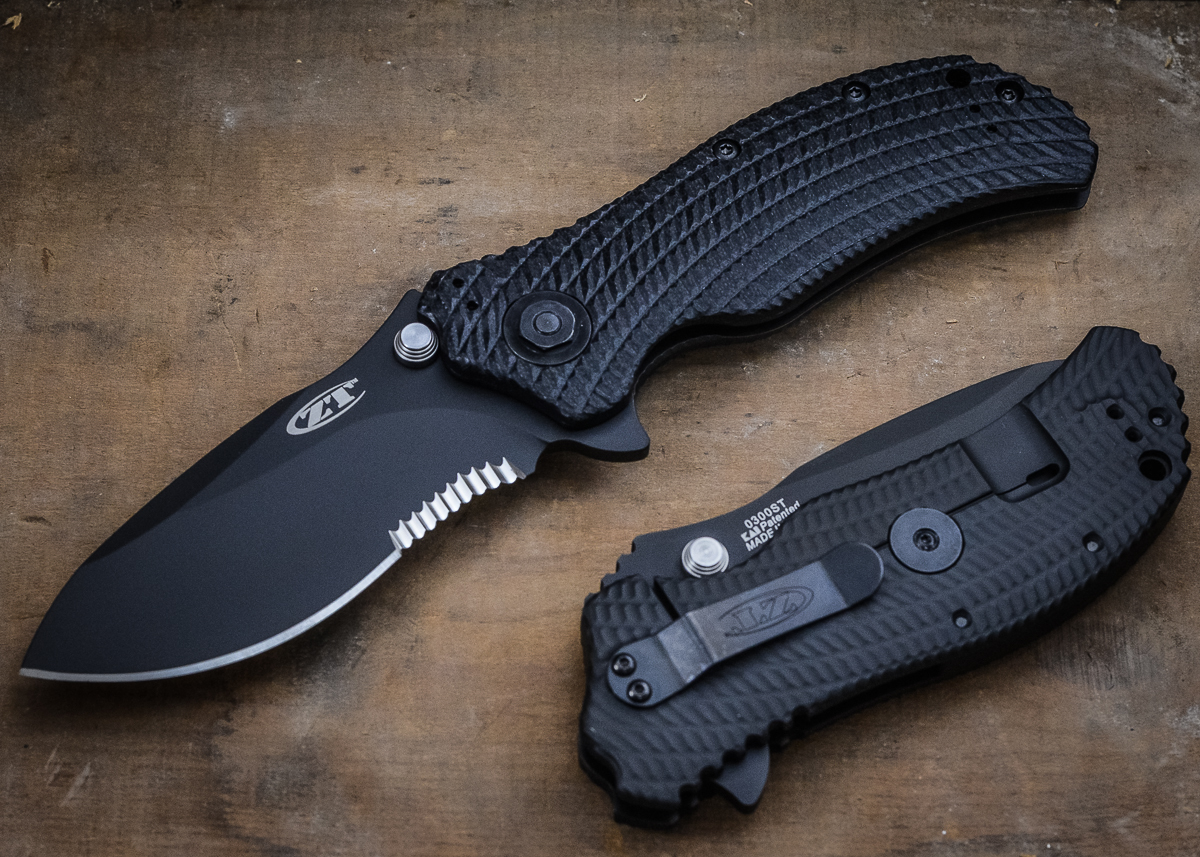3 Things That Cut Better with a Serrated Edge
23rd Sep 2015
3 Things That Cut Better with a Serrated Edge
Serrated edges, physically speaking, have a couple of advantages over plain edges. On blades of similar size, the scalloped profile essentially increases the length of the cutting edge, and those sharpened scallops attack the work (the material being cut) from multiple angles.

Because a serrated edge "bites" more aggressively than a plain edge, it tends to perform better on hard, tough or fibrous work.
Whenever we think about the best uses of a serrated knife, three materials come to mind.
1. Rope. A work knife with a serrated edge is ideal when the job calls for cutting rope, twine or cordage. If you've proven this to yourself, you know that less effort is required for a given cut -- the edge does the work. And even though a very sharp plain edge can produce similar results, serrations make the task far less fatiguing (especially when making repeated cuts over an extended period).
2. Bread. When you're slicing bread, rolls, bagels or pastries, serrations perform a different function. A push-pull motion allows the scalloped edge to cut without exerting much downward pressure, thus avoiding smooshed food. That "sawing" stroke slices effectively but preserve the integrity of baked goods.
3. Steak. We can't help noticing that the word "steak" often is preceded by the word "juicy" -- the point being that the juices belong in the meat, not on the plate or the cutting board. A serrated steak knife, like a proper bread knife, does the cutting without requiring much downward pressure, so the juices stay in the meat.
(We'll give Tomatoes an honorable mention here as yet another food that cuts better with a serrated knife, and for the same reasons as bread and steak.)
By the way, if your daily routine calls for both plain and serrated edges, makers like Benchmade, Kershaw and Zero Tolerance offer EDC-worthy knives with "combination" edges. They're the best of both worlds.

